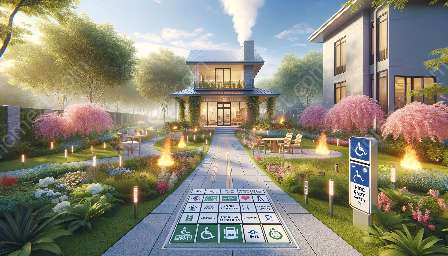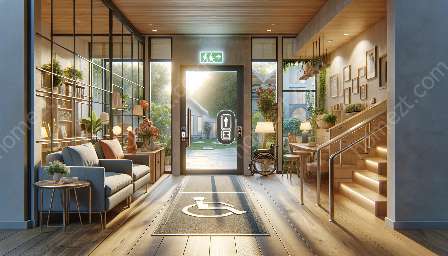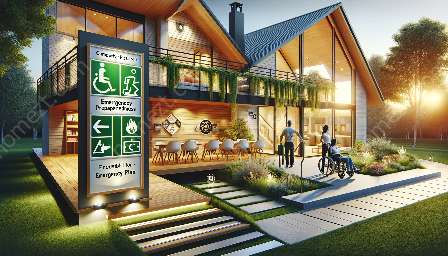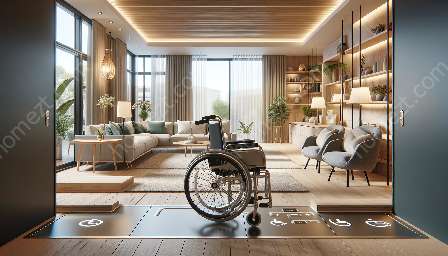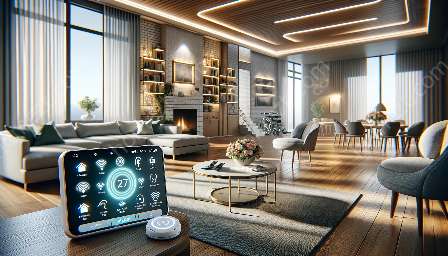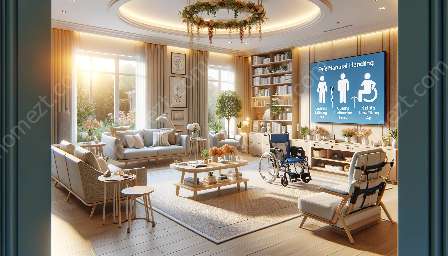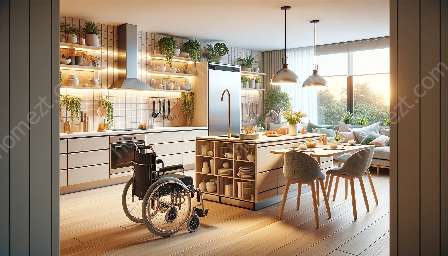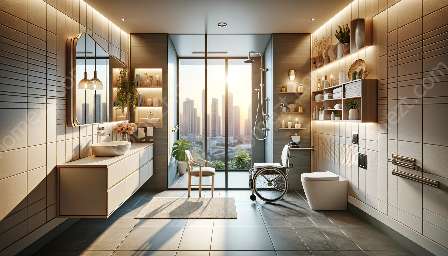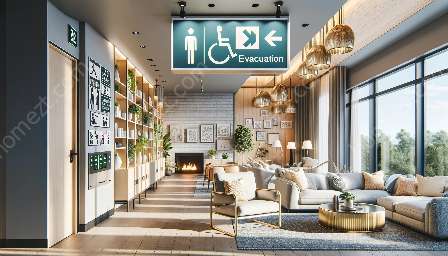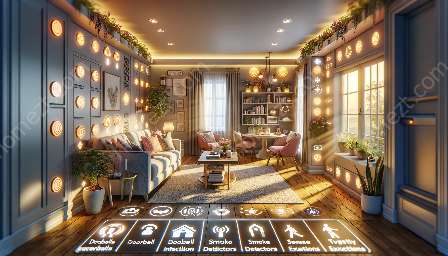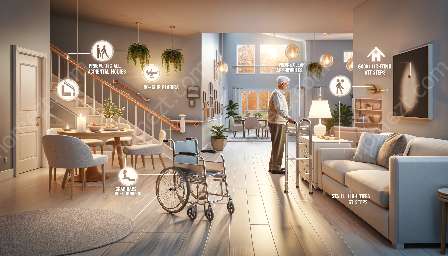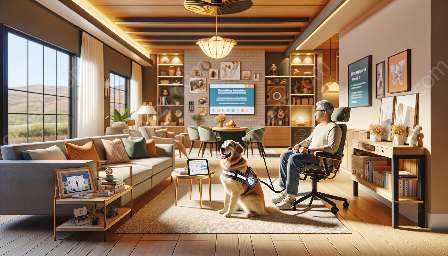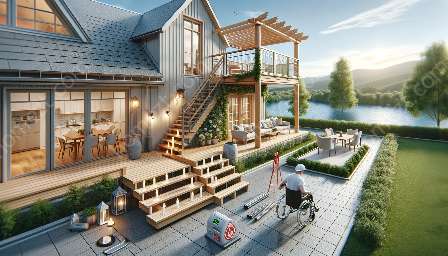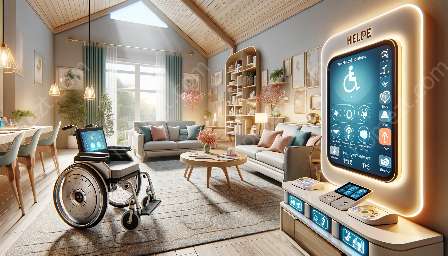When it comes to creating a safe and functional home environment for individuals with disabilities, a well-designed kitchen is of paramount importance. An accessible kitchen not only promotes independence and ease of use but also enhances overall home safety and security. In this comprehensive guide, we will delve into the various aspects of accessible kitchen design, focusing on innovative solutions and practical tips that cater to the unique needs of individuals with disabilities.
Understanding the Importance of Accessible Kitchen Design
The kitchen is often referred to as the heart of a home, and for individuals with disabilities, a well-designed kitchen can significantly impact their quality of life. An accessible kitchen is one that is tailored to meet the specific needs and abilities of the user, providing a safe, comfortable, and efficient space for meal preparation, cooking, and other daily activities.
By considering the principles of universal design, an accessible kitchen ensures that all individuals, regardless of their physical abilities, can navigate and utilize the space with ease. From convenient layout and specialized appliances to ergonomic features and assistive technologies, every aspect of the kitchen is carefully planned to offer maximum accessibility and safety.
Key Elements of Accessible Kitchen Design
Creating an accessible kitchen involves integrating a range of design elements and features that cater to the unique requirements of individuals with disabilities. Below are some key considerations that play a crucial role in making a kitchen more accessible:
- 1. Layout and Clearances: Ample space and clear pathways are essential for maneuvering within the kitchen. Leveraging an open layout with wider doorways, unobstructed floor space, and ergonomic work zones promotes easy navigation and accessibility.
- 2. Countertops and Work Surfaces: Installing countertops at varying heights, including lowered sections for seated users, enables individuals with disabilities to work comfortably while seated or standing. Additionally, using contrasting colors to define the edges of surfaces aids individuals with visual impairments.
- 3. Cabinetry and Storage: Accessible cabinets feature pull-out shelves, adjustable heights, and easy-grip handles, allowing for effortless access and organization of items. Lowered storage areas and specialized organizers enhance reach and usability for individuals with limited mobility.
- 4. Appliances and Fixtures: Incorporating adaptive appliances, such as side-opening ovens, induction cooktops, and accessible faucets, ensures that individuals with disabilities can use these elements with minimal effort and reduced risk of injury.
- 5. Lighting and Contrast: Well-designed lighting, accompanied by color contrast and glare reduction, enhances visibility and minimizes hazards for individuals with visual or cognitive impairments.
Integrating Home Safety for People with Disabilities
As part of an inclusive approach to accessible kitchen design, it is crucial to consider the intersection of home safety and disability. By seamlessly integrating home safety features tailored to the specific needs of individuals with disabilities, the kitchen becomes a secure and supportive space that empowers users and their caregivers. Here are some key home safety considerations to incorporate within an accessible kitchen:
- 1. Non-slip Flooring: Utilizing non-slip flooring materials throughout the kitchen minimizes the risk of slips and falls, providing a stable and secure surface for individuals with mobility challenges.
- 2. Clear and Obstructed Pathways: Maintaining clear pathways and removing obstacles within the kitchen environment optimizes accessibility and reduces the likelihood of accidents or entanglements.
- 3. Smoke and Carbon Monoxide Detectors: Installing audible and visual alarms for smoke and carbon monoxide detection ensures that individuals with hearing or visual impairments are alerted to potential hazards in a timely manner.
- 4. Accessible Fire Extinguishers: Mounting fire extinguishers at a reachable height and providing training on their use enables individuals with disabilities to respond effectively to fire emergencies within the kitchen.
Enhancing Home Safety & Security Through Accessible Kitchen Design
Integrating accessible kitchen design with a broader focus on home safety and security yields a holistic and empowering living environment for individuals with disabilities. By incorporating the following strategies, the kitchen becomes an inclusive and secure space within the home:
- 1. Smart Devices and Assistive Technology: Implementing smart home devices and assistive technologies, such as voice-activated assistants and motion-sensor lighting, enhances convenience and safety within the kitchen.
- 2. Motion-Activated Faucets and Appliances: Incorporating motion-activated features in faucets and appliances minimizes manual effort and reduces the risk of accidents, particularly for individuals with limited dexterity or strength.
- 3. Accessible Emergency Communication: Installing accessible communication devices, such as emergency call systems with braille labels and large buttons, ensures that individuals with disabilities can summon assistance in the event of an emergency.
- 4. Universal Design and Aesthetic Appeal: Blending universal design principles with aesthetic appeal creates a welcoming and inclusive kitchen environment that promotes both safety and a sense of belonging for individuals with disabilities.
Conclusion
Designing an accessible kitchen for people with disabilities is a multifaceted endeavor that requires a thoughtful and inclusive approach. By prioritizing accessibility, home safety, and security within the kitchen environment, individuals with disabilities can enjoy greater independence, comfort, and peace of mind. Embracing innovative solutions, assistive technologies, and universal design principles, an accessible kitchen serves as a cornerstone for fostering a safe, supportive, and empowering home for all.

